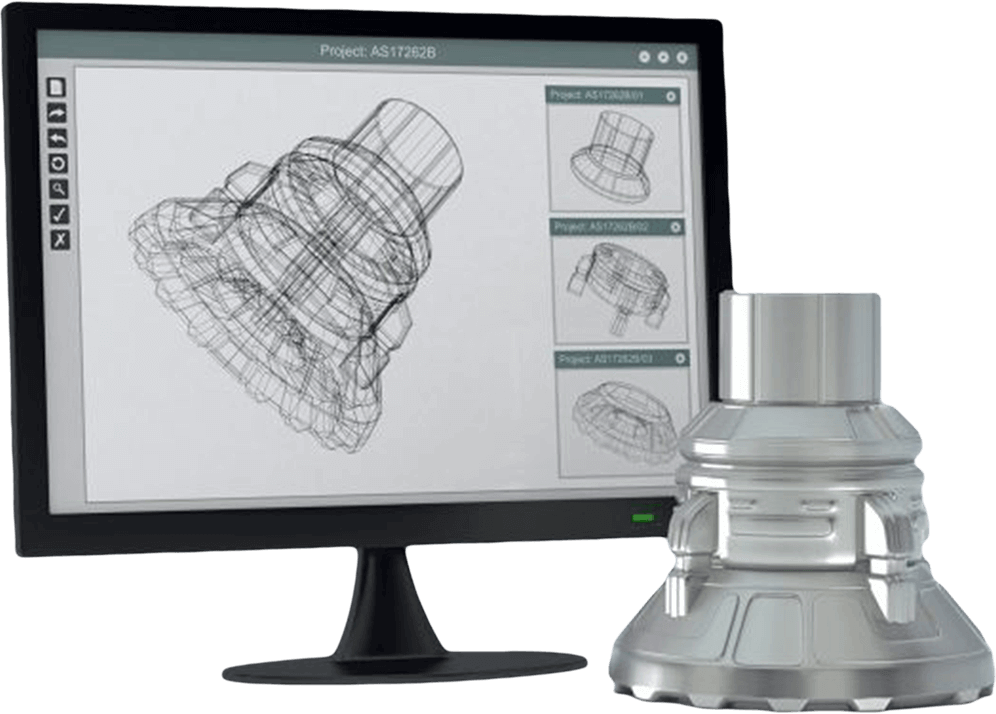
Injection molding is a subset of the injection molding process. An accomplice, if you will. When determining whether insert versus injection molding is what’s needed in the manufacturing of your products, it’s helpful to have a basic understanding of each process and how they can help make the products you need.
Understanding the benefits of insert molding versus injection molding will increase efficiency, production, and save on your bottom line in the manufacturing of your products.
Clamp down. Injection. Cool off. Ejection. That’s the never-ending cycle of injection molding.
Injection molding is a manufacturing process used to produce parts by injecting molten material into a mold that has been carefully assembled to meet the needs of a specific design, such as an overhead locker door for a jet airplane, or part of a toy set.
This process can be achieved with a variety of materials, such as plastics, and the material is fed into a heated barrel and then shot into a mold cavity, where it will quickly cool and harden into the object it’s meant to become. Then the item is removed from the mold cavity and the process continues on, as more and more items are manufactured.
The prototype injection molding process at TenX starts with plastic material being forced into a mold cavity under pressure. Pelletized resins, as well as any required colorants, are fed into an injection molding machine. The resins and colorants are inserted into an injection barrel where they are heated and melted, then forced into the mold cavity where it cools. Overall, it’s a process which is very fast and easy to repeat with predictable outcomes which help streamline your manufacturing process.
Insert molding is the process in which thermoplastic material is molded around a preformed insert to make a part that includes multiple materials. The inserts are often metal parts used to reinforce mechanical properties that are part of a plastic item. Inserts are placed into a mold, and then the thermoplastic is added to create the part.
Insert molding products include medical devices, electronic components and consumer products. It’s also common for insert molding products to be components under the hood in automobiles, and they are also incorporated in aerospace design and on aircraft. When determining which insert molding products you can make, note that most thermoplastic resins work well within the insert molding process.
An advantage in utilizing insert molding versus injection molding is it’s quick and cost-efficient as it helps speed up the manufacturing process. When determining to go with insert molding versus injection molding, insert molding has become increasingly common in the manufacturing of products, since the combination of plastic and metal blends the function and convenience of the lighter-weight plastic with the strength and endurance of the metal.
Ready to get one step closer to completing your insert or injection molding prototypes? Our expert team is here to help. If you have any questions about how we work, or the services we can provide, reach out to our team.
